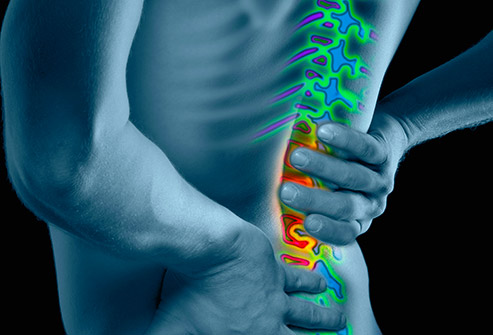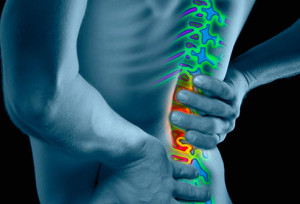
Did you know that about 80% of adults experience low back pain at some point in their lifetime? Low back pain can be different for each individual varying in level, degree and pain manageability. There are many different causes and some risk factors that make it more likely to suffer with it. Thankfully there are some treatments available to help ease the pain and make it more manageable.
The most common cause of job related disability and missed work days is related to low back pain. The most frequent way to do this is muscle or ligament strain from lifting a heavy object, twisting, a sudden movement or a combination of all. A low back strain can range in degrees, varying from a mild discomfort to a severly dibilitating. Some other causes of low back pain are inter vertebral disc degeneration, sciatica or herniated/ruptured discs.
There a number of symptoms you can experience from low back pain. They can be as mild as pain upon touch, dull and achy or tightness in the muscles. Or you can have severe muscles spasms, pain shooting down glutes or legs, numbness, tingling, muscle weakness or difficulty walking.
Low back pain does not just happen to adults it can happen to anyone at any age.There are some risk factors that make you more likely to experience it including but not limited too: fitness level, pregnancy, weight gain, heredity or backpack overload in children. It has been also shown that people who suffer from anxiety or depression have a increased risk of low back pain. The reason for this is not known yet.
There are some treatments available to help ease low back pain. It can start from using heat or cold packs, analgesic medications, stretching and strengthening exercises or physical therapy. When all other therapies fail surgery may be considered to help reduce the amount of pain the individual is feeling. Surgery may be option with low back pain when you have chronic pain that makes activities of daily living difficult. There may be pain, numbess, tingling, or weakness experienced from the glutes down one or both legs. Some of the other problems that may require surgery are a spinal fracture, infection or the spine, spinal stenosis or loss of control of bladder or bowel.


